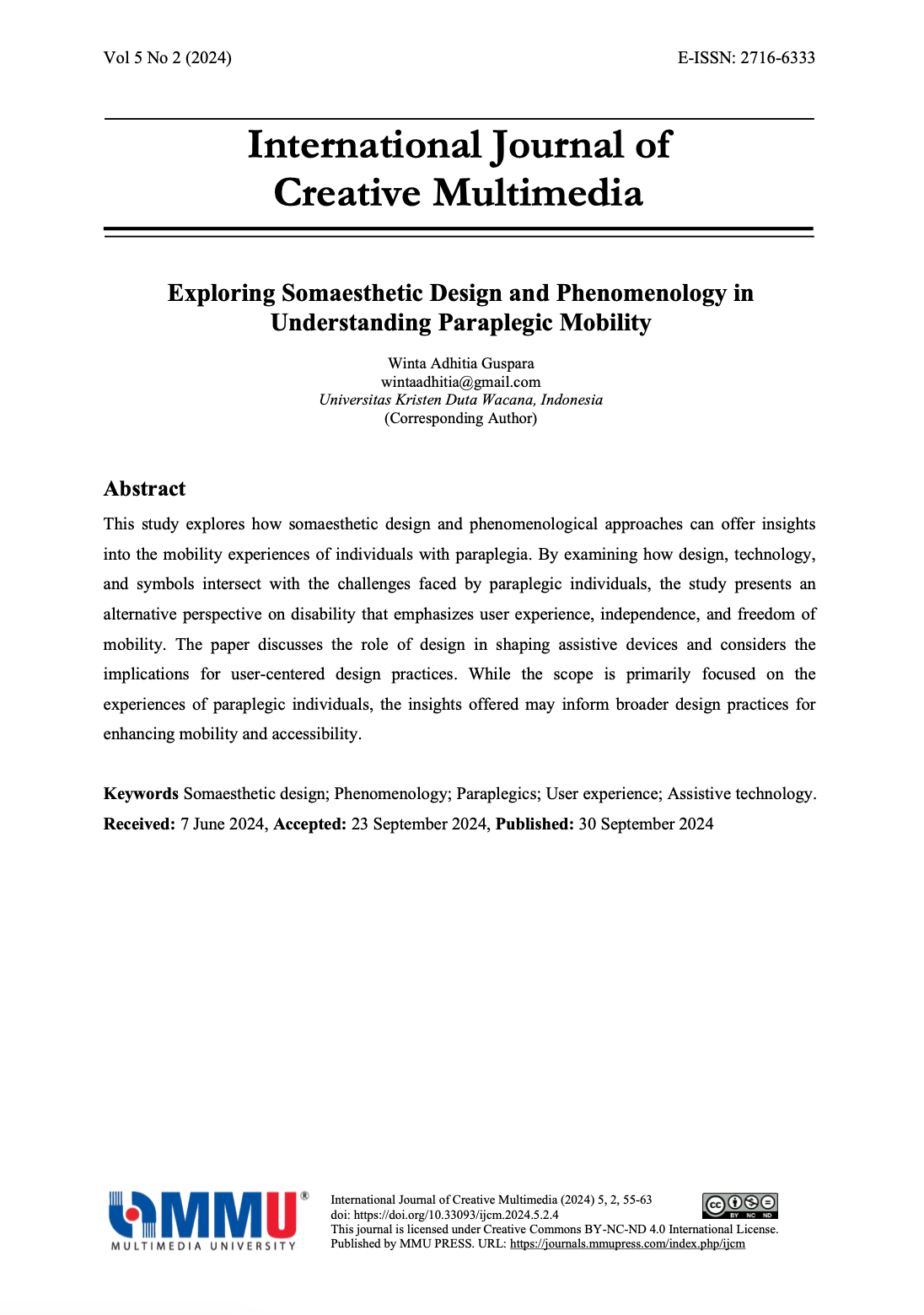Exploring the Role of Generative Artificial Intelligence in Crafting Brand Experiences: Insights from Selected Case Studies
Main Article Content
Abstract
This study explores the role of Generative Artificial Intelligence (GAI) in enhancing brand experiences, focusing on selected case studies from a niche art gallery and a global beverage brand. Generative AI - a subfield of AI - is a smart tool that can autonomously generate content, offering exciting possibilities for brand storytelling and consumer engagement through descriptive text prompts. In today's experience-driven economy, brands are no longer just offering commodities, goods, and services, they are striving to create personalised experiences to make them more memorable and meaningful to customers. In the 4E’s of individual realms of experience – entertainment, education, escape, and aesthetic – powerful brand narratives are needed. Using an analysis of interviews and real-life case studies like the immersive art exhibitions at Unicorns Young Collectors Club (UYCC), Surabaya, Indonesia, and the advertising of multinational companies, Coca- Cola, this study finds that brands who utilise GAI can effectively enhance brand experiences, make brand stories feel more personal and engaging. This not only helps them stay competitive in the marketplace but also strengthens their connection with customers. In conclusion, this study contributes to our understanding of the pivotal role of Generative AI in building brand experience. While the findings offer valuable insights, further research is recommended to expand the scope and generalizability across industries and regions. Generative AI holds promise as a powerful tool for shaping the future of branding, enabling brands to create experiences that resonate with consumers in meaningful and impactful ways.
Article Details

This work is licensed under a Creative Commons Attribution-NonCommercial-NoDerivatives 4.0 International License.

